Year 2
The English curriculum is built around the three interrelated strands of language, literature and literacy. Teaching and learning programs should balance and integrate all three strands. Together, the strands focus on developing students' knowledge, understanding and skills in listening, reading, viewing, speaking, writing and creating. Learning in English builds on concepts, skills and processes developed in earlier years, and teachers will revisit and strengthen these as needed.
In Year 2, students communicate with peers, teachers, students from other classes and community members.
Students engage with a variety of texts for enjoyment. They listen to, read, view and interpret spoken, written and multimodal texts in which the primary purpose is to entertain, as well as texts designed to inform and persuade. These encompass traditional oral texts, picture books, various types of print and digital stories, simple chapter books, rhyming verse, poetry, non-fiction, film, multimodal texts, dramatic performances and texts used by students as models for constructing their own work.
The range of literary texts for Foundation to Year 10 comprises Australian literature, including the oral narrative traditions of Aboriginal and Torres Strait Islander Peoples, as well as the contemporary literature of these two cultural groups, and classic and contemporary world literature, including texts from and about Asia.
Literary texts that support and extend Year 2 students as independent readers involve sequences of events that span several pages and present unusual happenings within a framework of familiar experiences. Informative texts present new content about topics of interest and topics being studied in other areas of the curriculum. These texts include language features such as varied sentence structures, some unfamiliar vocabulary, a significant number of high-frequency sight words and words that need to be decoded phonically, and a range of punctuation conventions, as well as illustrations and diagrams that support and extend the printed text.
Students create a range of imaginative, informative and persuasive texts including imaginative retellings, reports, performances, poetry and expositions.
(source: www.australiancurriculum.edu.au)
Achievement Standard
Receptive modes (listening, reading and viewing)
By the end of Year 2, students understand how similar texts share characteristics by identifying text structures and language features used to describe characters and events, or to communicate factual information.
They read texts that contain varied sentence structures, some unfamiliar vocabulary, a significant number of high-frequency sight words and images that provide extra information. They monitor meaning and self-correct using knowledge of phonics, syntax, punctuation, semantics and context. They use knowledge of a wide variety of letter-sound relationships to read words of one or more syllables with fluency. They identify literal and implied meaning, main ideas and supporting detail. Students make connections between texts by comparing content. They listen for particular purposes. They listen for and manipulate sound combinations and rhythmic sound patterns.
Productive modes (speaking, writing and creating)
When discussing their ideas and experiences, students use everyday language features and topic-specific vocabulary. They explain their preferences for aspects of texts using other texts as comparisons. They create texts that show how images support the meaning of the text.
Students create texts, drawing on their own experiences, their imagination and information they have learnt. They use a variety of strategies to engage in group and class discussions and make presentations. They accurately spell words with regular spelling patterns and spell words with less common long vowel patterns. They use punctuation accurately, and write words and sentences legibly using unjoined upper- and lower-case letters.
(source: www.australiancurriculum.edu.au)
- Plus Plan
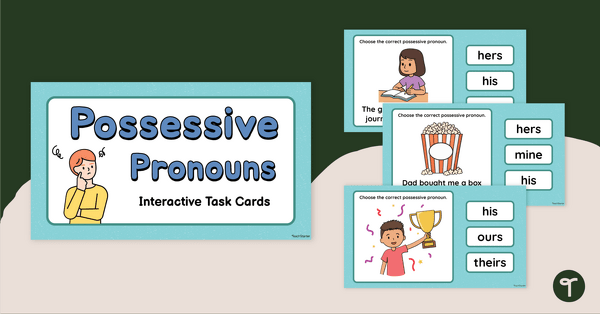
Possessive Pronouns Interactive Task Cards
Use this online possessive pronouns game to get your students identifying and using these important parts of speech.
- Free Plan
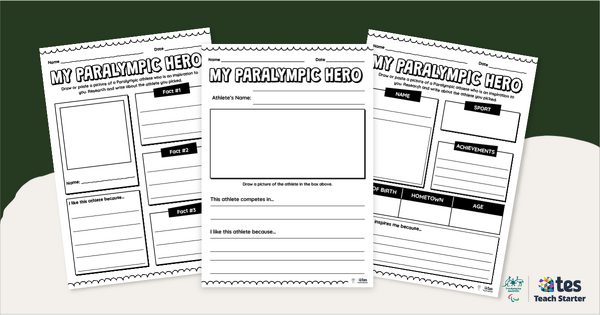
My Paralympic Hero - Athlete Bio Templates
Empower your students to learn about and honour remarkable Paralympic Athletes with these easy-to-use athlete bio templates – ideal for Years 1-5.
- Plus Plan
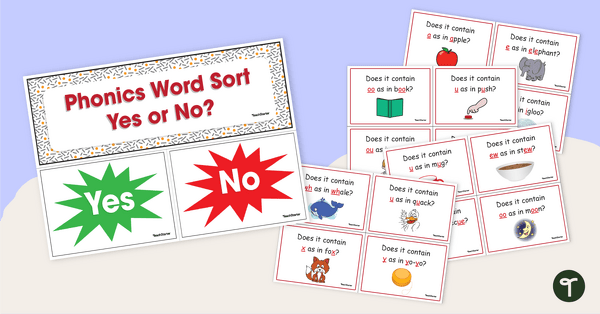
Yes or No? Phonics Sorting Activity
Use this phonics activity to help your students identify the different phonemes that make up a word.
- Plus Plan
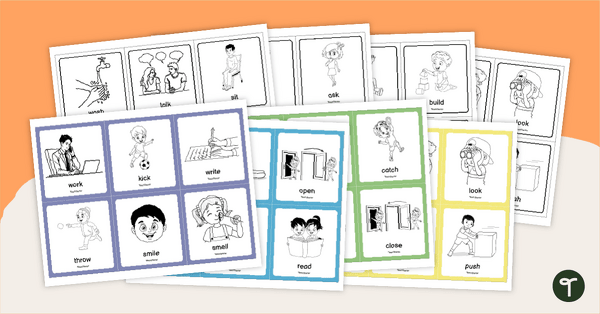
Commonly Used Verbs Flashcards
Teach commonly used verbs with this set of printable flashcards.
- Plus Plan

Onset and Rime Slide Activity
Practise matching onset and rime to create words in this fun slider activity.
- Plus Plan
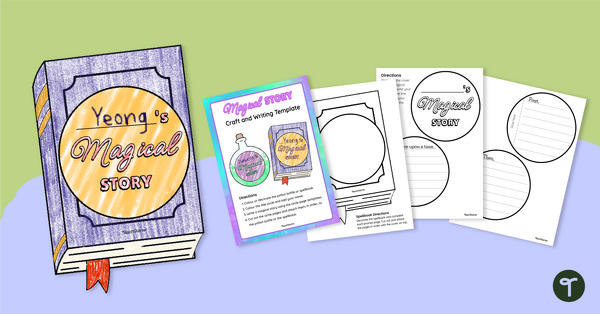
Magical Story Craft and Writing Template
Use this printable craft and writing template to get your students writing stories that are truly magical during Book Week 2024!
- Plus Plan
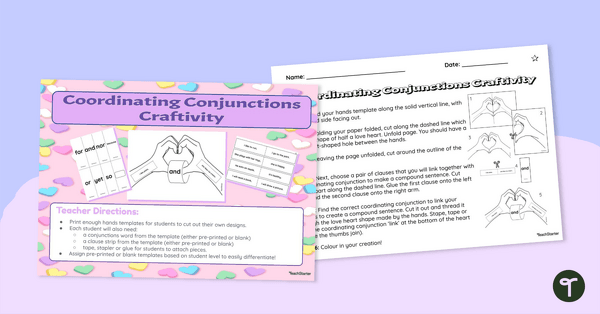
Coordinating Conjunctions Craft and Writing Activity
Encourage your students to get hands-on with this highly visual representation of coordinating conjunctions and the role they play in linking two ideas in a sentence.
- Plus Plan
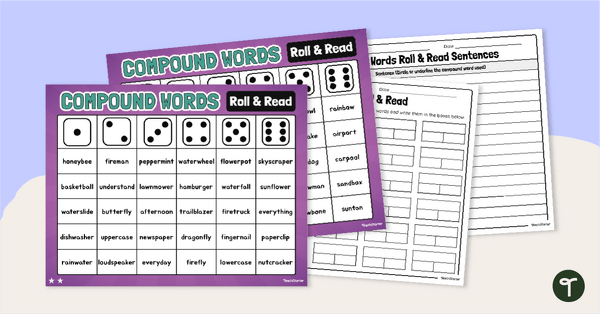
Compound Words Roll and Read Game
Roll and read compound words with a pair of printable Compound Words Roll and Read Partner Games!
- Plus Plan

Compound Words Tarsia Puzzle
Match the compound words with their matching word parts to solve this Compound Word Tarsia Puzzle.
- Plus Plan

Compound Words Chatterbox Template
Make a compound word chatterbox to engage your students and have fun learning how to combine two words into one!
- Plus Plan
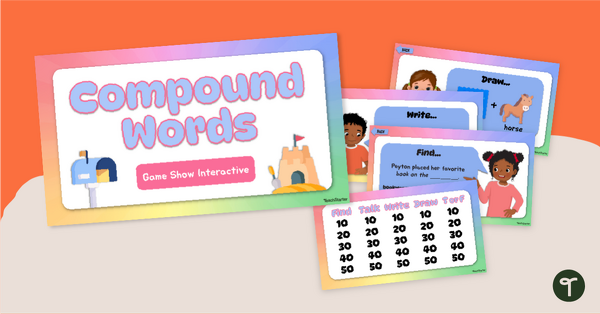
Compound Words Game Show Interactive
Turn your compound word lessons into a fun game with an interactive Compound Word Game Show activity!
- Plus Plan
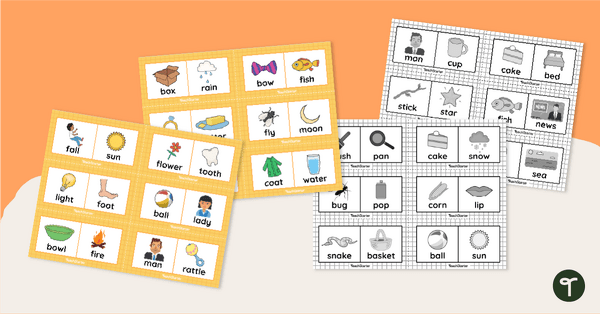
Compound Word Dominoes
Practise making new words with this compound word-matching game that includes 28 picture/word dominoes.
- Plus Plan

Mash Up Words - Compound Word Peg Cards
Identify examples of compound nouns and engage your students with a set of printable Compound Word Peg Cards.
- Plus Plan
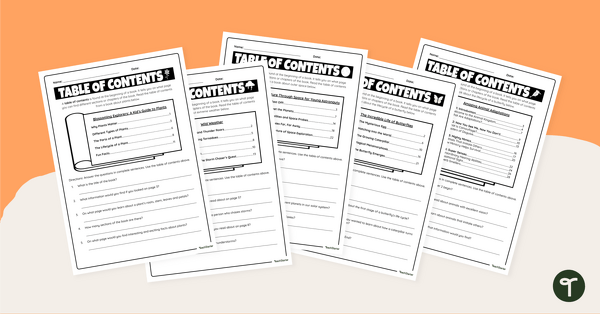
Using Tables of Contents Worksheets
Download these table of contents worksheets to provide your students with practice working with this valuable non-fiction text feature.
- Plus Plan
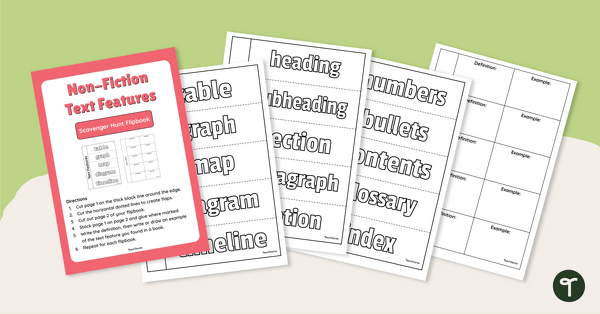
Non-Fiction Text Features – Scavenger Hunt Flipbook
Get students exploring informational text features with this set of scavenger hunt flipbooks perfect for primary students.
- Plus Plan
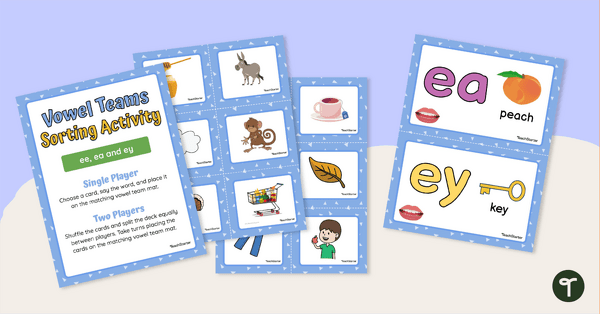
Vowel Teams Sorting Activity (EE, EA and EY)
Decode words with the EE, EA and EY vowel teams using 18 picture cards with sorting mats.
- Plus Plan
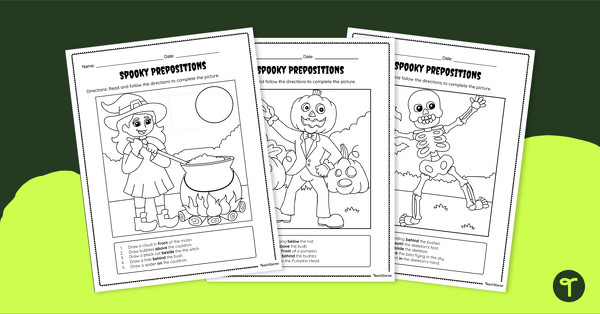
Halloween Finish the Drawing - Preposition Worksheets
Finish the drawing to create a fun Halloween scene with a set of preposition worksheets.
- Plus Plan
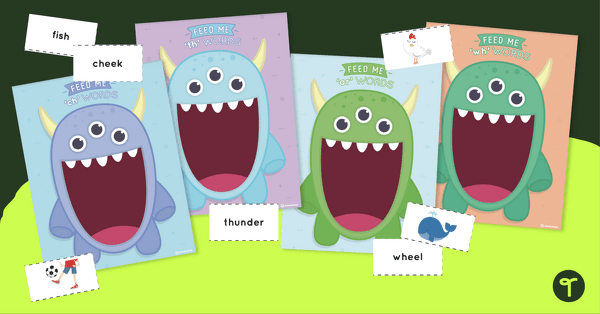
Monster Mash Grapheme Sorting Activity
Consolidate the concept of different graphemes with a printable consonant digraph activity.
- Free Plan
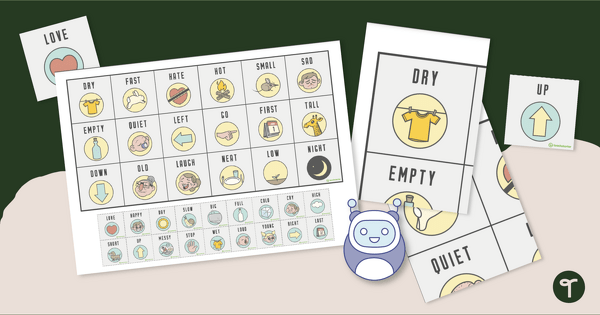
Antonym Coding Robot Mat
Practise coding for kids and matching antonym pairs with a coding robot mat.
- Plus Plan
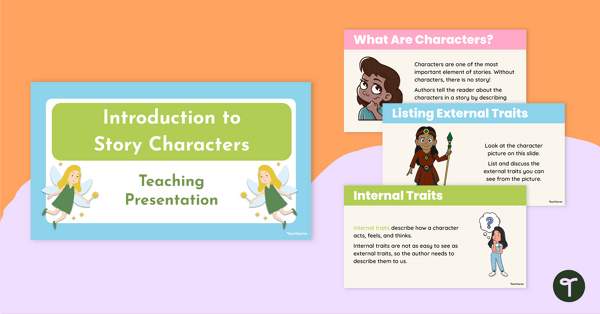
Introduction to Story Characters Teaching Slides
Introduce your students to the wonderful world of story characters with this visually appealing teaching presentation.
- Plus Plan
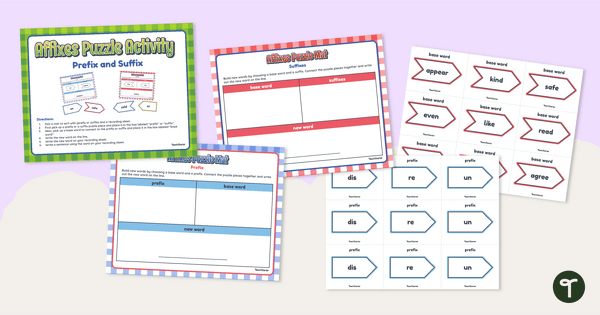
Affixes Puzzle Activity
Build words with affixes with a pack of printable word-building puzzles.
- Plus Plan
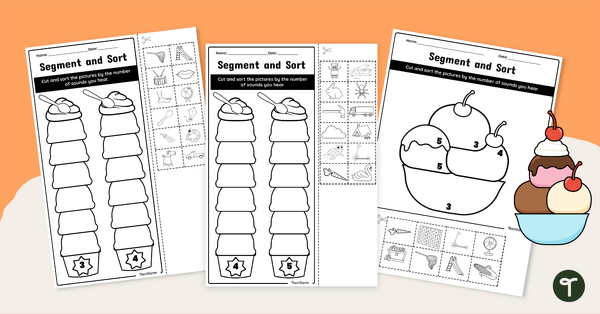
Count and Sort the Sounds Worksheet Pack
Sort words based on their number of phonemes in these fun ice-cream themed cut-and-paste worksheets.
- Plus Plan
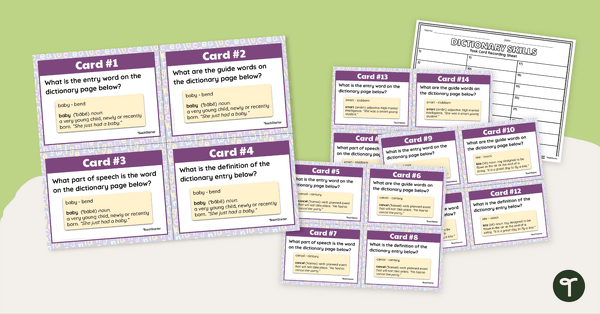
Dictionary Skills Task Cards - Set 2
Practise dictionary skills with this set of task cards.
- Plus Plan
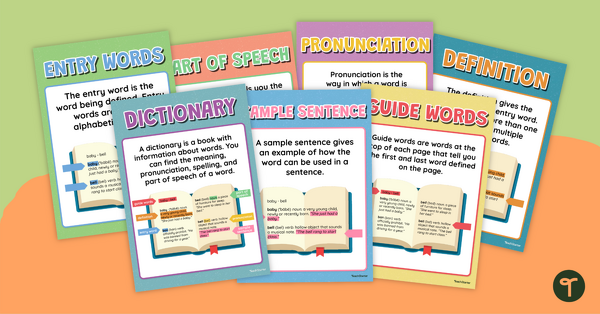
Parts of a Dictionary Poster Set
Display this poster set in the classroom when learning dictionary skills and the parts of a dictionary.
- Plus Plan
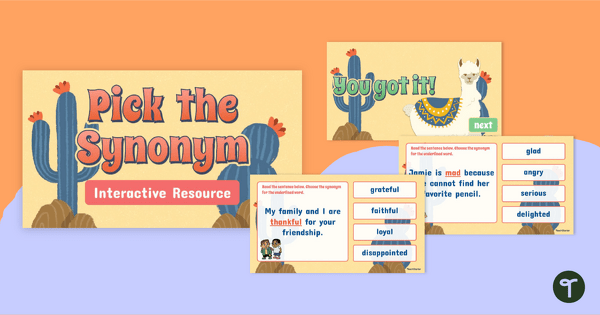
Pick the Synonym - Self-Checking Interactive Activity
Build some ‘llama-zing’ vocabulary skills using a fun llama-themed self-checking activity with synonyms!
- Plus Plan
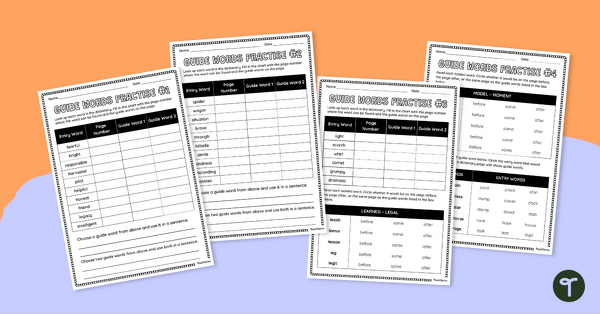
Working With Guide Words Worksheet Set
Practise finding words using guide words with this set of worksheets.
- Plus Plan
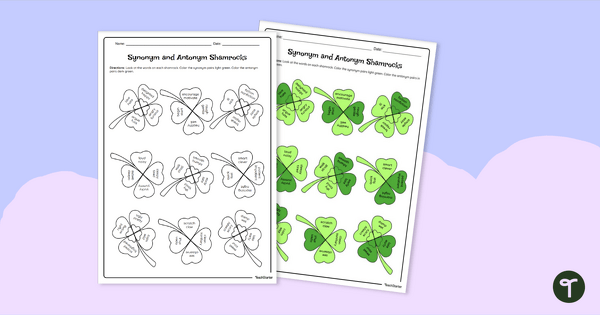
Shamrock Synonyms and Antonyms Worksheet
Build vocabulary with a Shamrock Synonyms and Antonyms worksheet.
- Plus Plan

Antonyms Task Cards
Build vocabulary and recognition of antonyms with a set of 24 task cards.
- Plus Plan
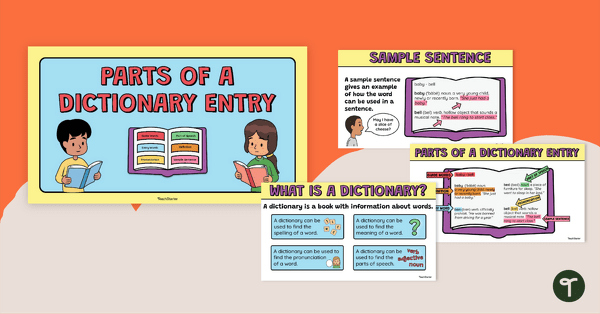
Parts of a Dictionary Entry PowerPoint
Learn about the different parts of a dictionary with this Teaching PowerPoint.
- Plus Plan
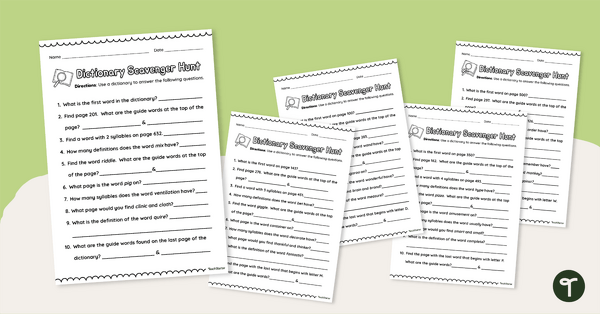
Find It! - Dictionary Scavenger Hunt Worksheets
Practise dictionary skills with this set of 5 scavenger hunt-style worksheets.
- Plus Plan
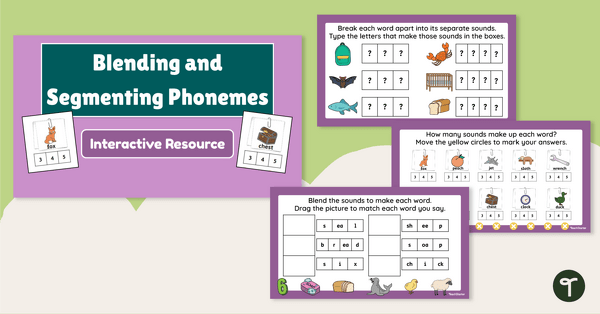
Blending and Segmenting Phonemes - Interactive Activity
Practise blending and segmenting phonemes in common words with this engaging interactive activity.
- Plus Plan
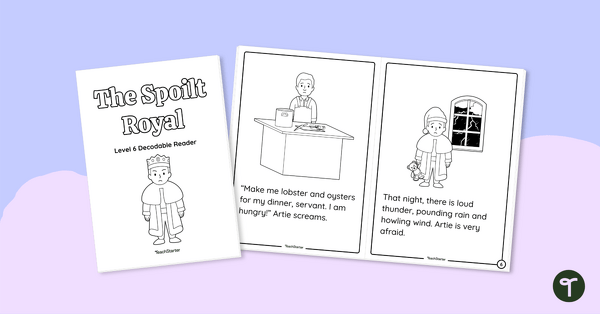
The Spoilt Royal - Decodable Reader (Level 6)
Develop confident, successful readers with this phonics-based, printable decodable book.